Contact with Wild Nature
The vast forests of Kočevsko offer a home to many large and small animals that you can rarely meet elsewhere. When visiting the forest with our experienced guides, you can meet some of them – you can meet them up close or from a distance through a camera lens. The most powerful and most known resident of the forests of Kočevsko is the brown bear.
The Kingdom of the Bear
The brown bear is Europe’s largest beast. It once spread out throughout the temperate zone of the northern hemisphere, but unfortunately it has already become extinct in many areas. Even in Slovenia it has been heavily hunted in the past, but with careful management we can proudly say that today its population is the most numerous in our forests. In Kočevsko, we are aware of the importance of this powerful animal, and with prudent measures and handling we ensure a satisfactory and safe coexistence. You can learn about bears by yourself, you can take a guided tour through the forest or go on an observation trip at night from the safe shelter of the forest observatories accompanied by a guide and the forest an observation at night from the safe shelter of the forest observatories accompanied by a guide and a hunter.
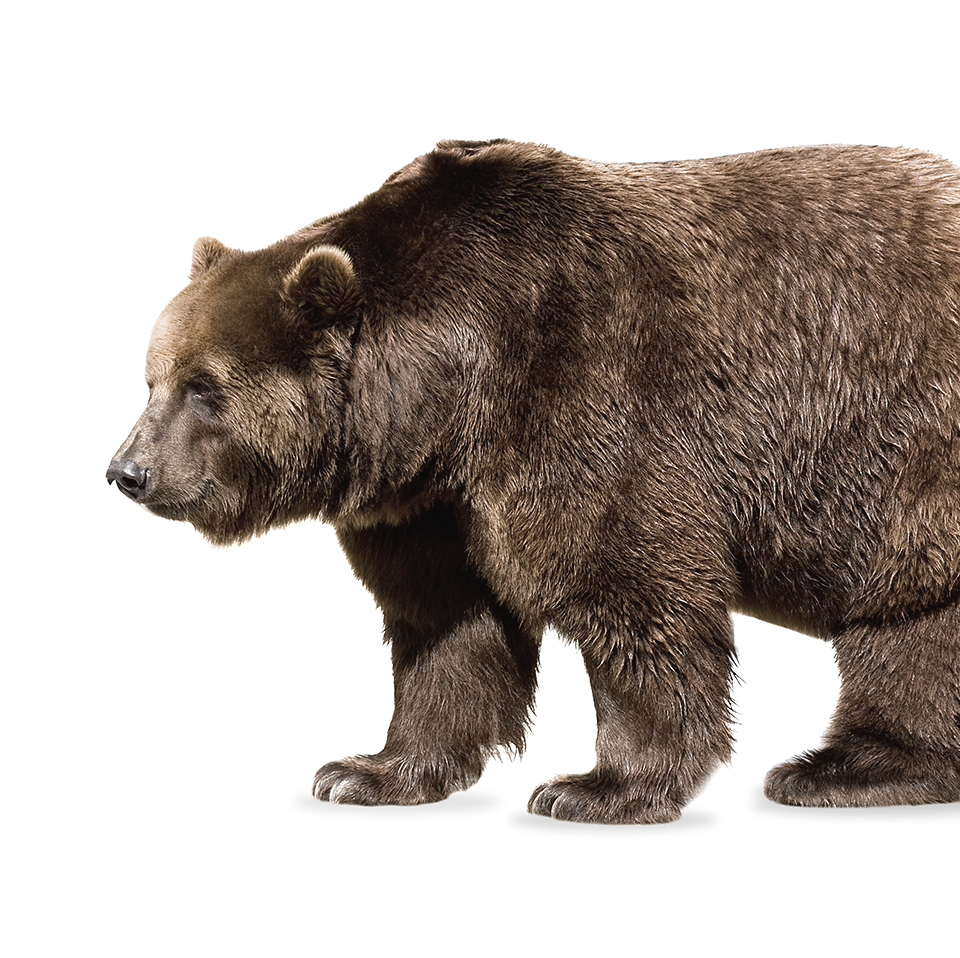
The brown bear is a secured and protected species. It has been listed on the red list of endangered species in Slovenia since 1993.
Forest Wildlife
Many large and small animals have found their home in the forests of Kočevsko. We carefully protect their species and we are proud that all three beast have been preserved: the bear, wolf and lynx. There are other exceptional animals walking along our forests, such as deer, roe deer, fox and wild boar. You will find it hard to meet them in the forest by yourself, so we recommend you take a guided tour for a genuine experience of the wilderness.
Wolves are an important element of our natural heritage. The Slovenian wolf population is regarded as one of the rare indigenous populations which remain in Europe. The wolf is the largest representative of the dog family. They are characterised by living in packs lead by a wolf and a she-wolf; Other members of the pack are their descendants or relatives.
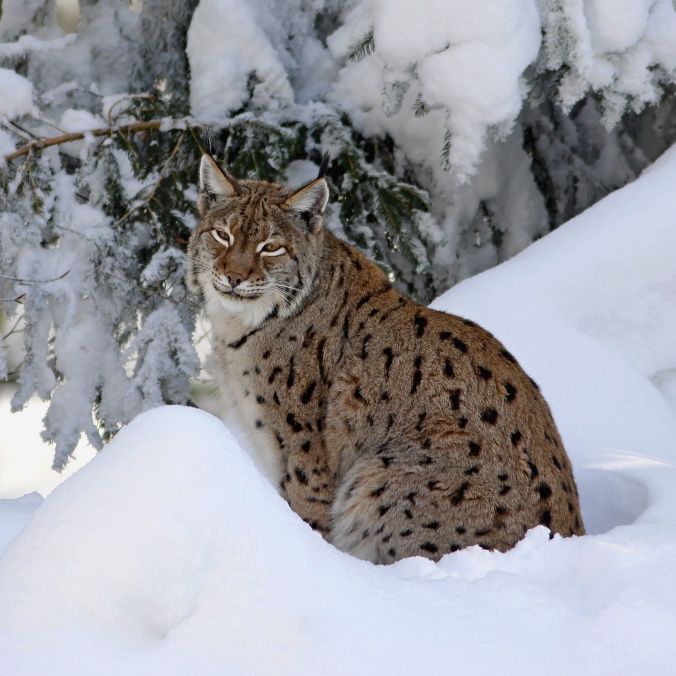
The lynx is considered to be a rather rare animal in Europe. The lynx nearly disappeared from Slovenia in the past, but it was resettled in the forests of Kočevsko in the 1970s. The lynx belongs to the family of cats and, like most of its relatives, it hunts from an ambush. Due to its cautious nature, it is extremely difficult to notice, although the tuft on the tips of its ears is quite recognisable.
Wolves are an important element of our natural heritage. The Slovenian wolf population is regarded as one of the rare indigenous populations which remain in Europe. The wolf is the largest representative of the dog family. They are characterised by living in packs lead by a wolf and a she-wolf; Other members of the pack are their descendants or relatives.
Right
The lynx is considered to be a rather rare animal in Europe. The lynx nearly disappeared from Slovenia in the past, but it was resettled in the forests of Kočevsko in the 1970s. The lynx belongs to the family of cats and, like most of its relatives, it hunts from an ambush. Due to its cautious nature, it is extremely difficult to notice, although the tuft on the tips of its ears is quite recognisable.
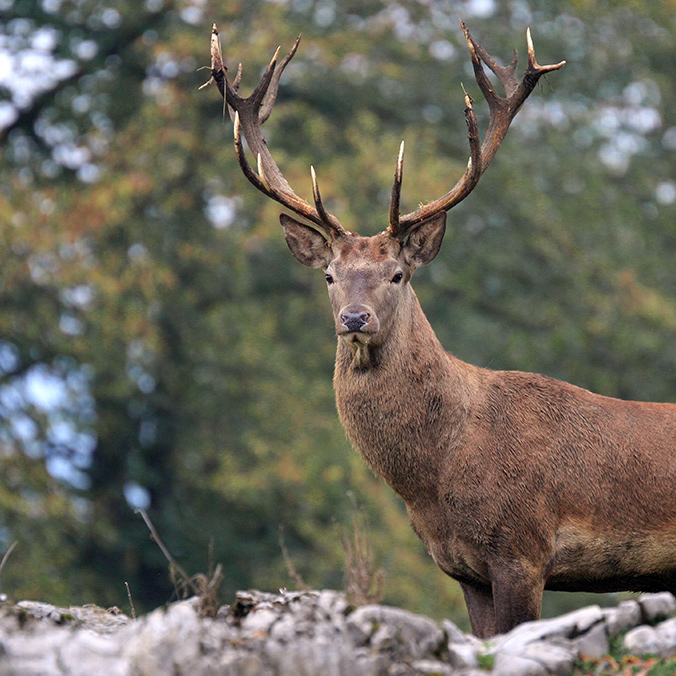
The deer is recognisable by its mighty antlers, which usually shed every year. The female deer, known as a hind, has no horns. Bot can be seen often in our forests, but they are particularly interesting in the autumn, when we can listen to their typical mating calls known as rutting.
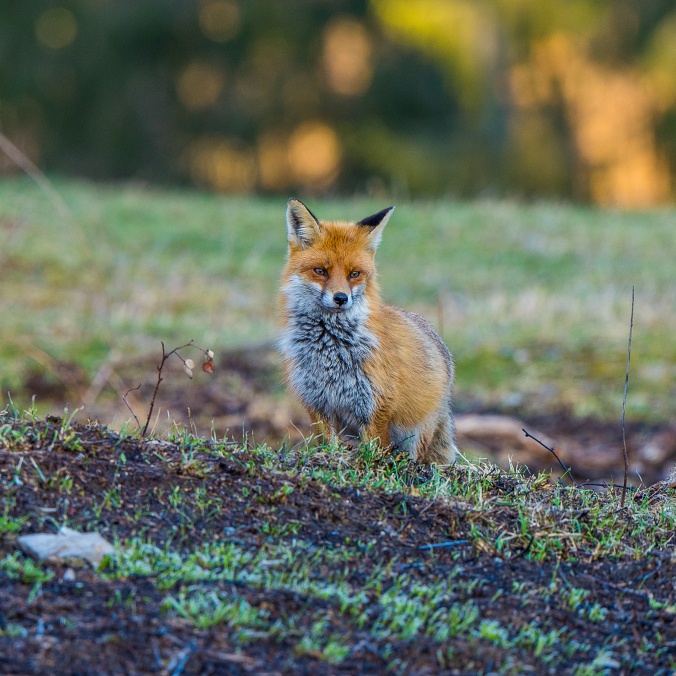
Foxes are quite well-represented in Slovenia, so they can often be seen in the forests of Kočevsko. You will find it hard to see them during the day, but this is why a random encounter will bring you great joy. The fox is a nocturnal animal, and it hunts its prey during the night as well. It is a distinct omnivore, so its diet consists of mushrooms and fruits, grasshoppers, frogs, as well as larger animals such as pheasants or rabbits.
The deer is recognisable by its mighty antlers, which usually shed every year. The female deer, known as a hind, has no horns. Bot can be seen often in our forests, but they are particularly interesting in the autumn, when we can listen to their typical mating calls known as rutting.
Right
Foxes are quite well-represented in Slovenia, so they can often be seen in the forests of Kočevsko. You will find it hard to see them during the day, but this is why a random encounter will bring you great joy. The fox is a nocturnal animal, and it hunts its prey during the night as well. It is a distinct omnivore, so its diet consists of mushrooms and fruits, grasshoppers, frogs, as well as larger animals such as pheasants or rabbits.
Look Up
Life at and in the Water
The waters in Kočevsko are extremely clean and therefore offer good living conditions to many species. Over 70 species of birds live along Lake Kočevje, and the reeds offer a home to dragonflies and colourful butterflies. Cold and clean water of the rivers and lakes of Kočevsko is also suitable for fish and crabs and many other aquatic species.
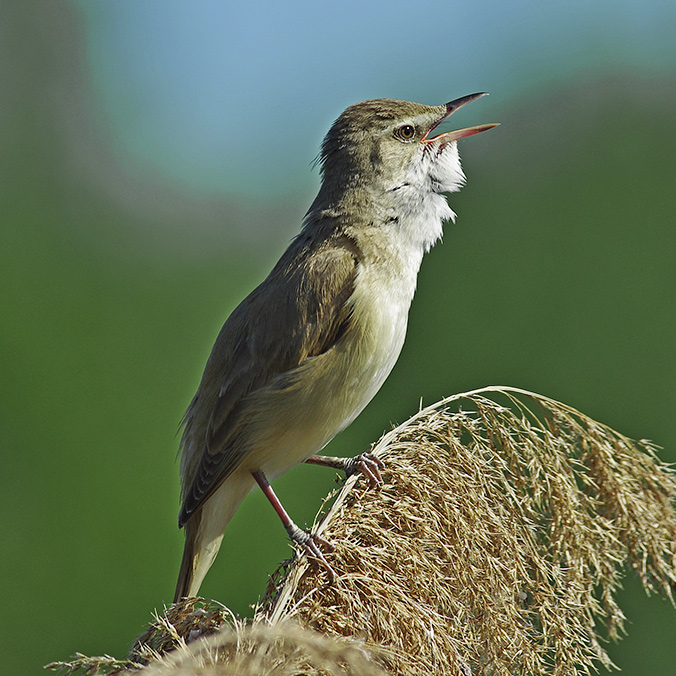
Rakar
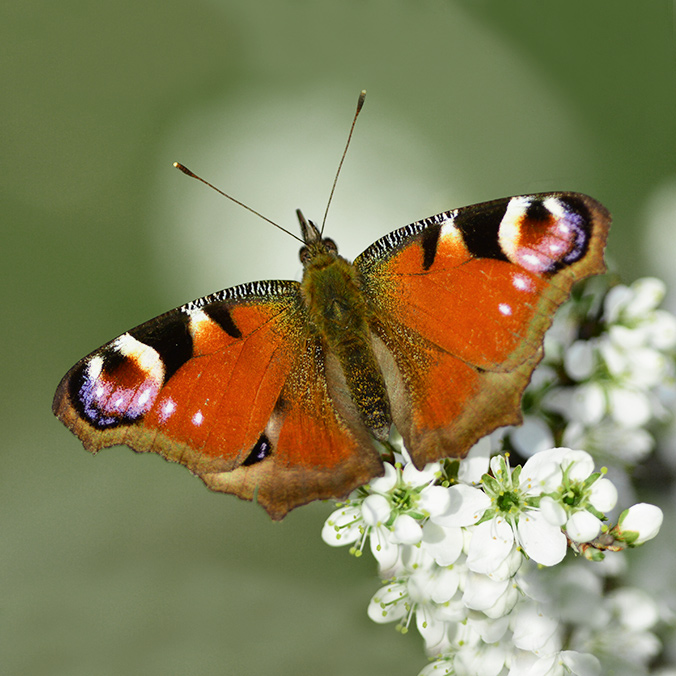
Pavlinček
Rakar
Right
Pavlinček
